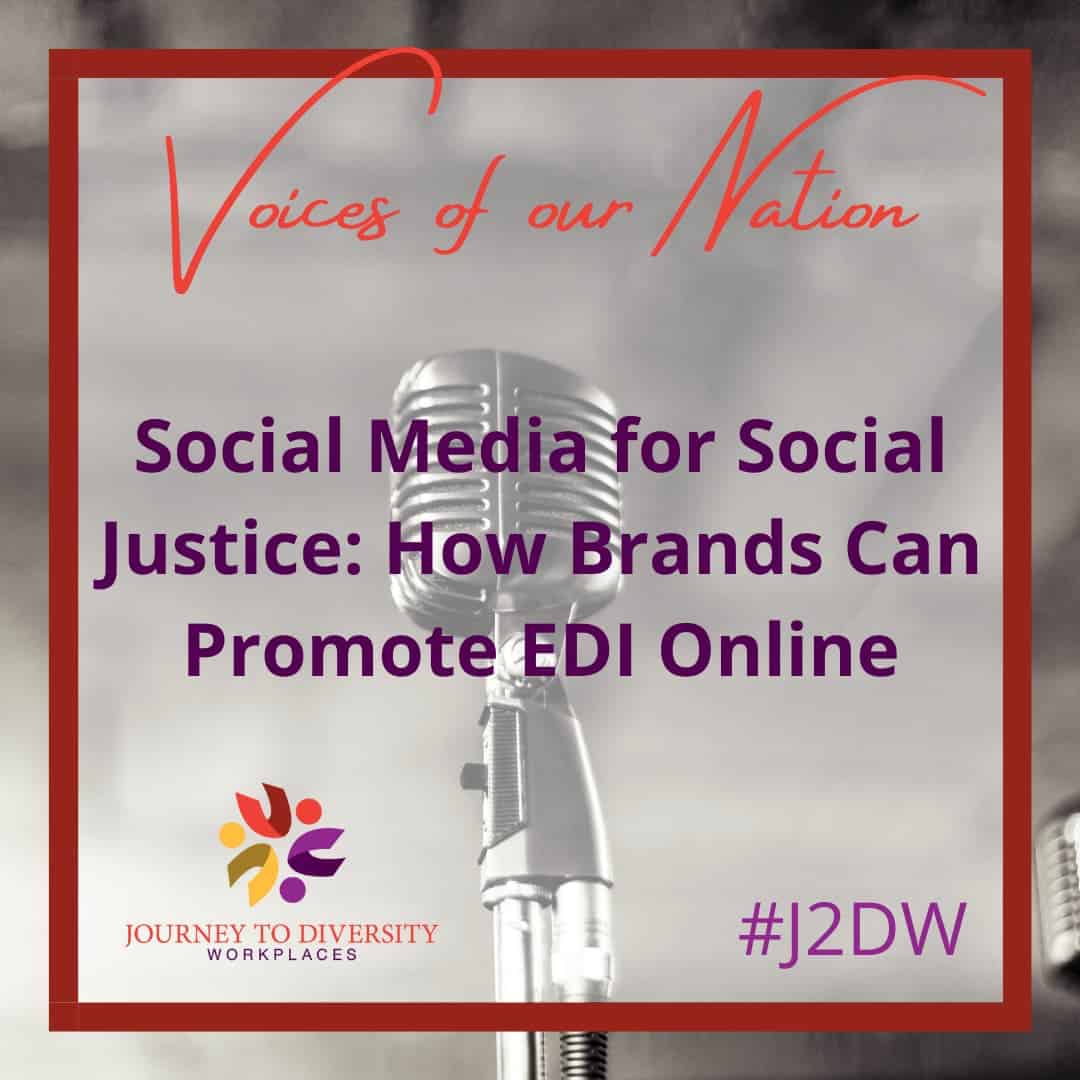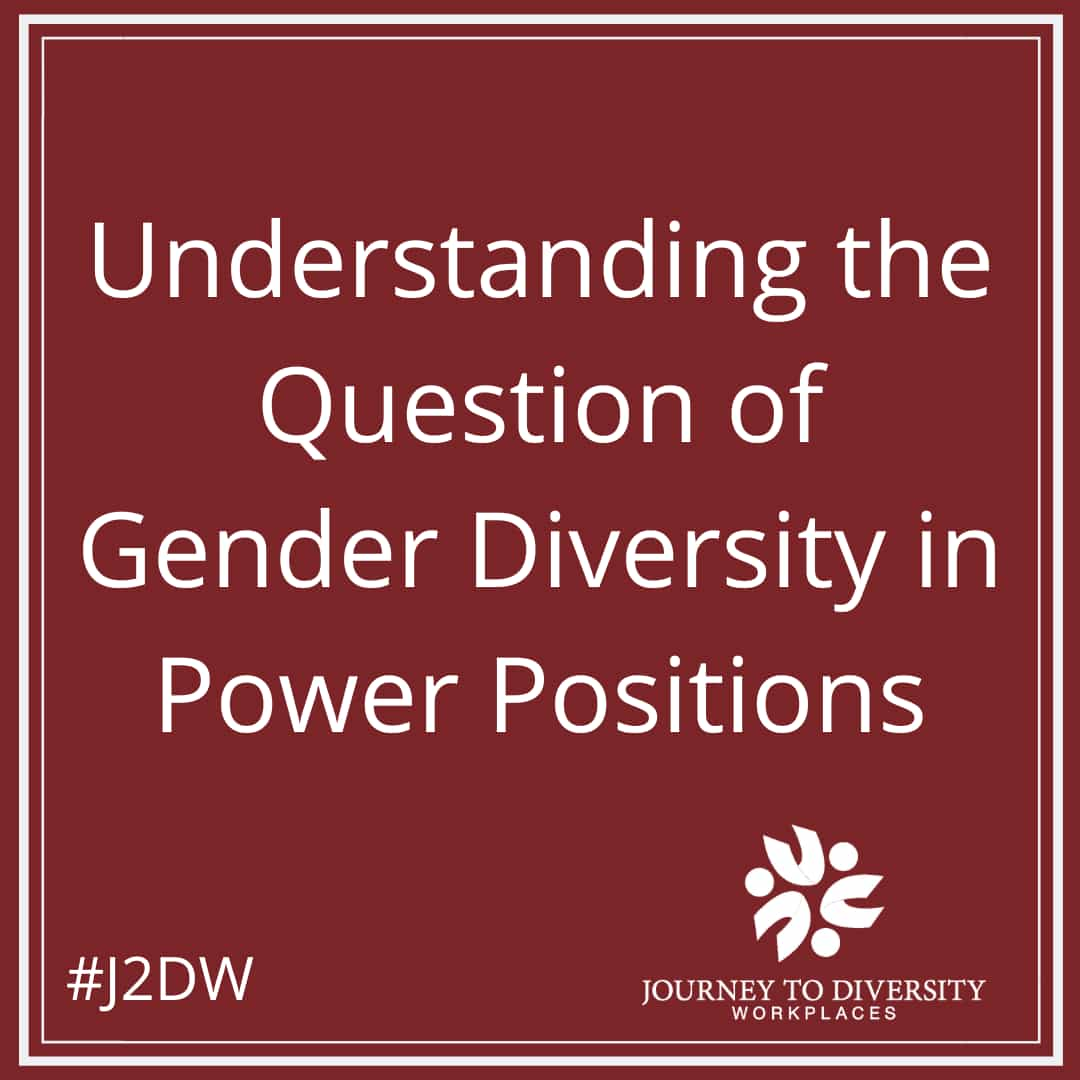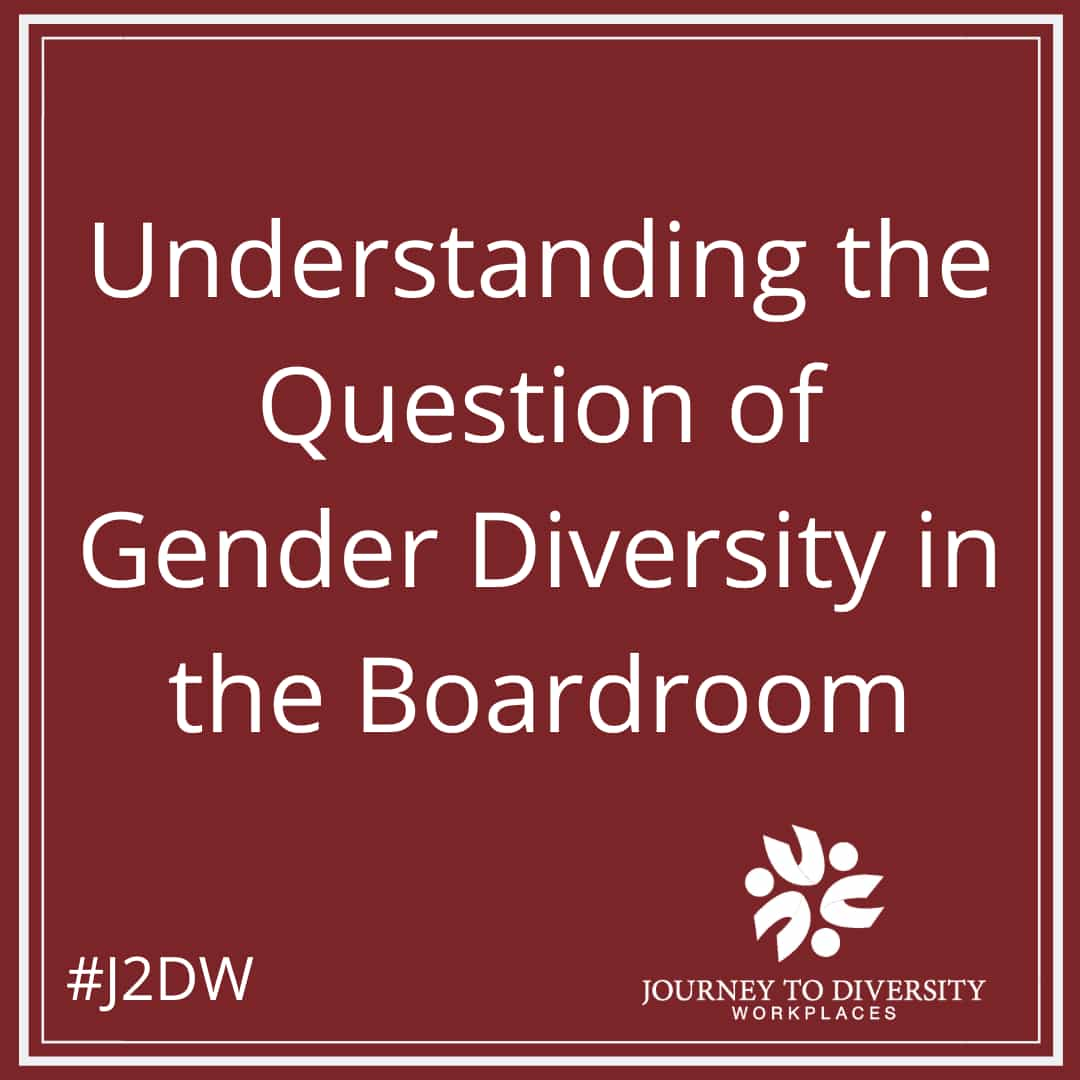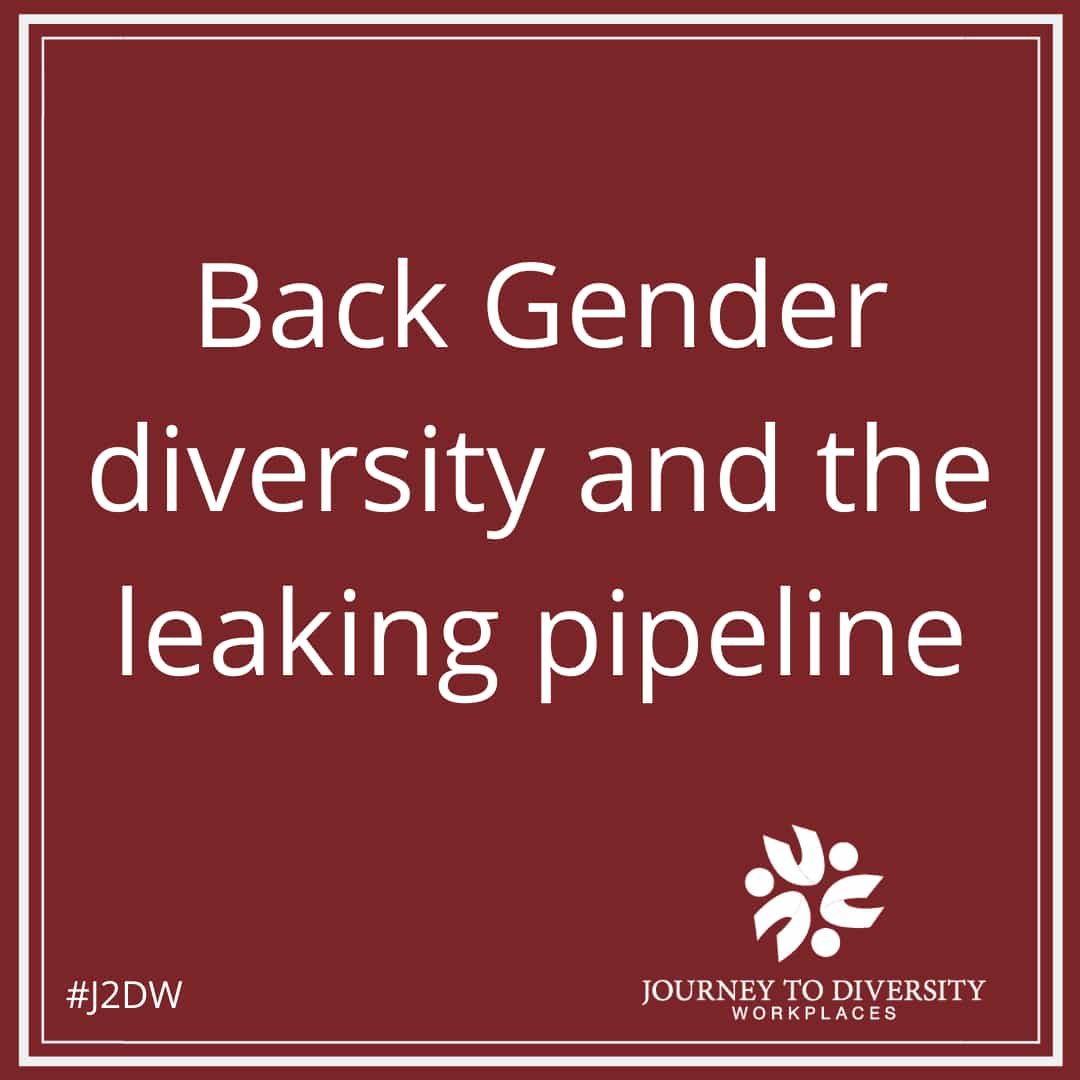The issue of boardroom diversity, and publicly traded companies’ failure to equitably represent members of minority groups on their boards, has been met with increasing concern over the past two decades. The lack of gender diversity in particular has been central to such discussions, leading to an international push to encourage the nomination of female board members through the introduction of diversity quotas and disclosure policies. Statistics show that the implementation of such policies has somewhat increased the number of women and other minorities appointed to company boards, but many insist that progress is still too slow and that the practices of a truly inclusive boardroom must be reflected in more ways than just numbers. Furthermore, many scholars have argued that research into this issue has thus far been unsatisfactory due to the ways in which it focuses upon the business benefits of appointing women to boards and relies upon gender essentialism in its arguments. Quotas may serve as a useful stepping stone to improve diversity, but the continued inequitable treatment of women who are appointed to boards, coupled with the narrow view of diversity that previous research into this issue has adopted, make it clear that more needs to be done towards establishing a gender inclusive boardroom culture.
The first gender-based quota for board composition was established in Norway in 2003, setting a requirement for the boards of every public limited company to be composed of at least 40% female directors by 2008 (Mohsni & Shata, 2021, p. 2). Companies that did not comply with this policy risked facing legal action. Spain, France, Italy, and other countries soon followed with similar policies. In Canada, the Diversity Disclosure Requirement imposed in 2015 “enforces disclosure on whether the board has adopted a written policy concerning the employment of women directors” (Mohsni & Shata, 2021, p. 2). The number of women appointed to boards around the world has been climbing in recent years, and it would seem that diversity quotas have played a significant role in compelling companies to add women and other minorities to their boards. In the United States, for example, where many states have enforced policies that require companies to disclose their board-level diversity statistics or explain why they have failed to do so, the 2021 U.S. Spencer Stewart Board Index found that female representation on boards increased up to 30%. Those from underrepresented groups (including but not limited to women) comprised 72% of new directors at S&P 500 companies. This was a considerable improvement even from 2020, where 59% of new directors were minorities (Walsh et al., 2022). However, some agencies and policymakers argue that such quotas are not sufficient to solve the issue at hand. In Canada, the Ontario Securities Commission (OSC) put a similar “comply-or-explain” policy into effect in 2015, but soon found that many companies’ efforts to adhere to that rule failed to meet the desired targets. The OSC argued that some companies’ diversity reporting could be considered technical compliance at best. This led them to believe that companies were not truly treating the lack of boardroom gender diversity as an issue to take seriously (McFarland, 2015).
Indeed, as many studies have shown, an increase in the number of board seats appointed to women is not in itself a sufficient measure for how a company responds to demands for inclusivity. A study by the Harvard Business Review reported that even when women were appointed to company boards, 87% faced challenges and discriminatory treatment related to their gender (Groysberg & Bell, 2013). Chief among their complaints were that they were not listened to by their male colleagues, and that they were not being treated as equals in an exclusive “boys’ club”—trademarks of a toxic work culture that male directors are oblivious to having created. These findings led authors Groysberg and Bell to the conclusion that many boards simply do not know “how to leverage diversity” (2013). Although many boards claim to uphold the idea of inclusivity, the underlying issue of misogyny that has barred women from executive positions remains unresolved. The results of Groysberg and Bell’s study predate the widespread enforcement of disclosure requirements in the United States. However, when their findings are placed alongside policymakers’ current concerns that compliance policies are insufficient, it becomes clear that truly addressing the question of gender diversity is a complicated matter that requires more than just a numbers checklist.
The size of a company may contribute to its ability to foster an inclusive boardroom culture. A recent study by Carleton University, which examined firms listed on the TSX index from 2010 to 2019, found that the boards of smaller firms tended to perform better and benefitted the most from gender diversity. Authors Mohsni and Shata suggest that the more complex and bureaucratic structure typical of larger firms “may lead to a wider distribution of power” and make it “more difficult for members to cooperate and reach consensus” (2021, p. 3). By contrast, smaller firms tend to have less bureaucratic structures, which facilitates communication among board members and strengthens the impact of individuals’ voices when group decisions are made. This means that at smaller companies, each director has more power at the table, offering a greater chance for women to really influence the decisions being made in the boardroom where they might otherwise be drowned out in a larger, all-male group. Larger boards must therefore commit to reassessing their communication methods and organisational structures when making group decisions and integrating female directors (Mohsni & Shata, 2021, p. 17) in order to truly make a difference in terms of gender diversity.
The failure of companies to successfully implement gender diversity is certainly a topic that requires closer examination, but as some scholars have suggested, research into this issue has thus far been lacklustre. The bulk of existing research into boardroom gender diversity tends to be approached from what Brown and Kelan refer to as a utilitarian perspective. The utilitarian perspective makes a so-called “business case” for women to be appointed to boards on the merit that they present “an untapped pool of potential talent that can improve the way the board or company functions” (2020, p. 6). The problem is that investigations of this variety tend to draw upon “essentialist notions of gender” (Brown & Kelan, 2020, p. 9). They frame gender as a mere issue of comparison rather than addressing the structures and institutional misogyny that have historically barred women from the boardroom. As justification for why women should be appointed to boards, policymakers often draw attention to the supposedly unique qualities and intrinsic feminine traits that women can bring to the table. The notion that women have a higher emotional intelligence than men and can therefore offer a fresh, more empathetic perspective to a board (Groysberg & Bell, 2013) is just one example. Furthermore, when operating under quotas that describe women’s allegedly unique skills and characteristics, women striving for boardroom seats are still expected to possess traits associated with successful male board members in addition to conventionally female traits. They must occupy the role of the elite leader (a traditionally masculine role) while simultaneously facing pressure to meet “contradictory expectations related to notions of (respectable) femininity” (Brown & Kelan, 2020, p. 13). As Groysberg and Bell’s study showed, women are held to a much higher standard than men when board nominations are taking place because they are simply not thought of first as potential candidates. Their skills and experiences must somehow tie into their gender in order to be appointed over a male colleague with similar qualifications. This sheds light upon serious flaws in existing diversity quotas and the ways in which they are implemented. Addressing the issue of gender inequality in the boardroom will be far more challenging so long as diversity policies are themselves dependent on misogynistic assumptions. After all, if the board’s internal culture of misogyny does not change, then simply satisfying a quota is only useful in terms of external appearances.
When boardroom diversity is seen as little more than a checkbox to fill out in response to a quota, understood solely in terms of a numerical goal to be met, we fail to consider the fact that the question of inclusivity, and our understanding of gender itself, is constantly evolving and varies from culture to culture. Diversity in the boardroom is a matter far more complex than mere gender inequality, as the bulk of existing research presumes. A truly inclusive boardroom should adopt an intersectional perspective when tackling questions of inclusivity, one that examines diversity beyond the male-female binary. Some policymakers in different parts of the world have certainly pushed for the representation of other minorities, including BIPOC people, queer people, and Indigenous peoples. But there is a case to be made for the lack of representation of women of colour on company boards, not to mention those individuals who fall outside the gender binary and who remain largely neglected in existing studies about boardroom diversity. There is no clear, easy solution to the issue of boardroom diversity, and there is a pressing need for thorough, more expansive research before change can be implemented. That said, given the gradually increasing representation of women and other minorities on company boards, the impact of diversity quotas should not be dismissed outright. It is worthwhile to understand disclosure rules and similar policies not as a magic solution to the issue of gender diversity, but rather as a stepping stone to true inclusivity. As quotas are filled, and a wider range of voices are introduced to company boards, we can allow people from diverse, intersecting backgrounds to share their own perspectives about how a more inclusive boardroom can be made. That way, we can start to gain a stronger sense of the best way to move forward.
References
Brown, S., & Kelan, E. (2020). Gender and Corporate Boards. In Gender and Corporate Boards: The Route to a Seat at the Table (pp. 6–23). essay, Taylor & Francis.
Groysberg, B., & Bell, D. (2013, June). Dysfunction in the boardroom. Harvard Business Review. Retrieved August 5, 2022, from https://hbr.org/2013/06/dysfunction-in-the-boardroom
Johnson, G. R., & Ramchandani, R. (2019, July 10). New diversity disclosures under the CBCA effective for annual meetings in 2020. Torys LLP. Retrieved August 5, 2022, from https://www.torys.com/Our%20Latest%20Thinking/Publications//2019/07/new-diversity-disclosures-under-the-cbca-effective-for-annual-meetings-in-2020/
McFarland, J. (2015, June 10). OSC rebukes firms for lack of action on gender-diversity rules. The Globe and Mail. Retrieved August 5, 2022, from https://www.theglobeandmail.com/report-on-business/industry-news/the-law-page/osc-blasts-firms-for-lack-of-action-on-gender-diversity-rules/article24902736/
Mohsni, S., & Shata, A. (2021). Board Gender Diversity and Firm Performance: The Role of Firm Size. Carleton University, 1–35.
Sheker, M. (2019, September 3). Canada’s top firms now have to disclose figures on diversity in the boardroom, but is ‘sunlight the best disinfectant’? Rotman School of Management. Retrieved August 5, 2022, from https://www.rotman.utoronto.ca/FacultyAndResearch/ResearchCentres/JohnstonCentre/JohnstonCentre/2019/9/3/Canadas-top-firms-now-have-to-disclose-figures-on-diversity-in-the-boardroom-but-is-sunlight-the-bes
Walsh, D. G., Atkins, E. G., Rabin, R. J., Lander, E. G., Busching, D. E., England, E., & Leitch, A. (2022, March 3). Continued Focus on Diversifying the Boardroom. Akin Gump. Retrieved August 5, 2022, from https://www.akingump.com/en/experience/practices/corporate/ag-deal-diary/continued-focus-on-diversifying-the-boardroom.html#:~:text=The%202021%20U.S.%20Spencer%20Stewart,of%20all%20S%26P%20500%20directors
This essay was written by summer student Cossette Penner-Olivera and edited by summer student Ilesha Prabhudesai.This article was funded by the Government of Canada.





